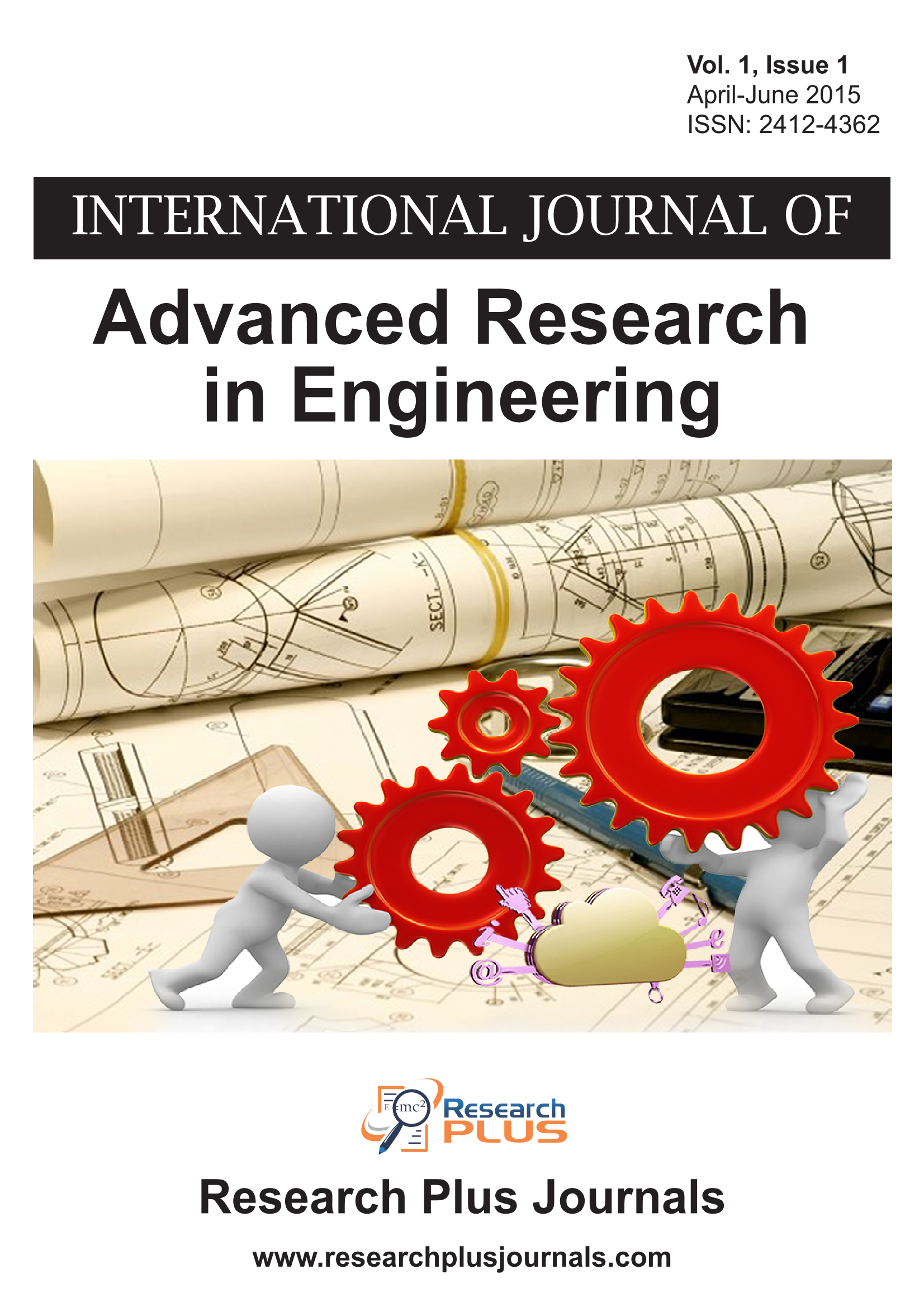Feasibility study of the use of Groundnut Shells as Fine Aggregates in Light weight Concrete Construction
Abstract
Issues bothering on sustainability in our society today have generated a lot of curious interest among researchers. The need to optimize the use of scarce resources, reduce cost of construction, and reduce environmental pollution has necessitated the research into many waste materials that pose a lot of threat to the environment. One of these waste materials is groundnut shell which is abundant in Northern Nigeria and which is normally left to rot and pose an environmental nuisance. This research therefore sought to use groundnut shell as a partial or full replacement as fine aggregate in light concrete panels with the ultimate aim of reducing the amount of these waste products in our environment and also indirectly increasing groundnut production if the research is successful. This is because farmers will not only sell the groundnuts but also will sell the waste products. 63 concrete samples were casted using groundnut shell replacements of 0%, 10%, 20%, 30%, 50%, 70%, 100% and tested for 7days, 14days and 28 days for compressive strength tests. The density of the various samples measured and swelling tests were also carried out. From the results of the laboratory tests the density of the cubes ranged from 830kg/m3 for cubes with only groundnut shells to 2160kg/m3 for cubes with only sand as fine aggregates. The average compressive strength range for 0% ground shell to 100% ground shell was 5.83N/mm2 to 0.9N/mm2 at 7 days, 8.07 to 0.5 N/mm2 at 14 days and 10 to 0.6 N/mm2 at 28 days while moisture absorption increased from 0.47 to 2.04%. The strength results indicate that groundnut shell panels cannot be used for structural purposes but will be suitable for non-load bearing partition walls. Replacements of 30 to 70% had suitable strength and can be used for this purpose. It is recommended that further research to be carried out to determine its acoustic and thermal properties.
Copyright & License
All Research Plus Journals (RPJ) publish open access articles under the terms of the Creative Commons Attribution (CC BY-SA 4.0) https://creativecommons.org/licenses/by-sa/4.0/ License which permits use, distribution and reproduction in any medium, provided the original work is properly cited & ShareAlike terms followed.
Copyright on any research article in a journal published by a RPJ is retained by the author(s). Authors grant RPJ a license to publish the article and identify itself as the original publisher. Upon author(s) by giving permission to RPJ either via RPJ journal portal or other channel to publish their research work in RPJ agrees to all the terms and conditions of https://creativecommons.org/licenses/by-sa/4.0/ License and terms & condition set by RPJ.
3rd party copyright
It is the responsibility of author(s) to secure all necessary copyright permissions for the use of 3rd-party materials in their manuscript.
Disclaimer
Research Plus Journals Open Access articles posted to repositories or websites are without warranty from RPJ of any kind, either express or implied, including, but not limited to, warranties of merchantability, fitness for a particular purpose, or non-infringement. To the fullest extent permitted by law RPJ disclaims all liability for any loss or damage arising out of, or in connection, with the use of or inability to use the content.
















